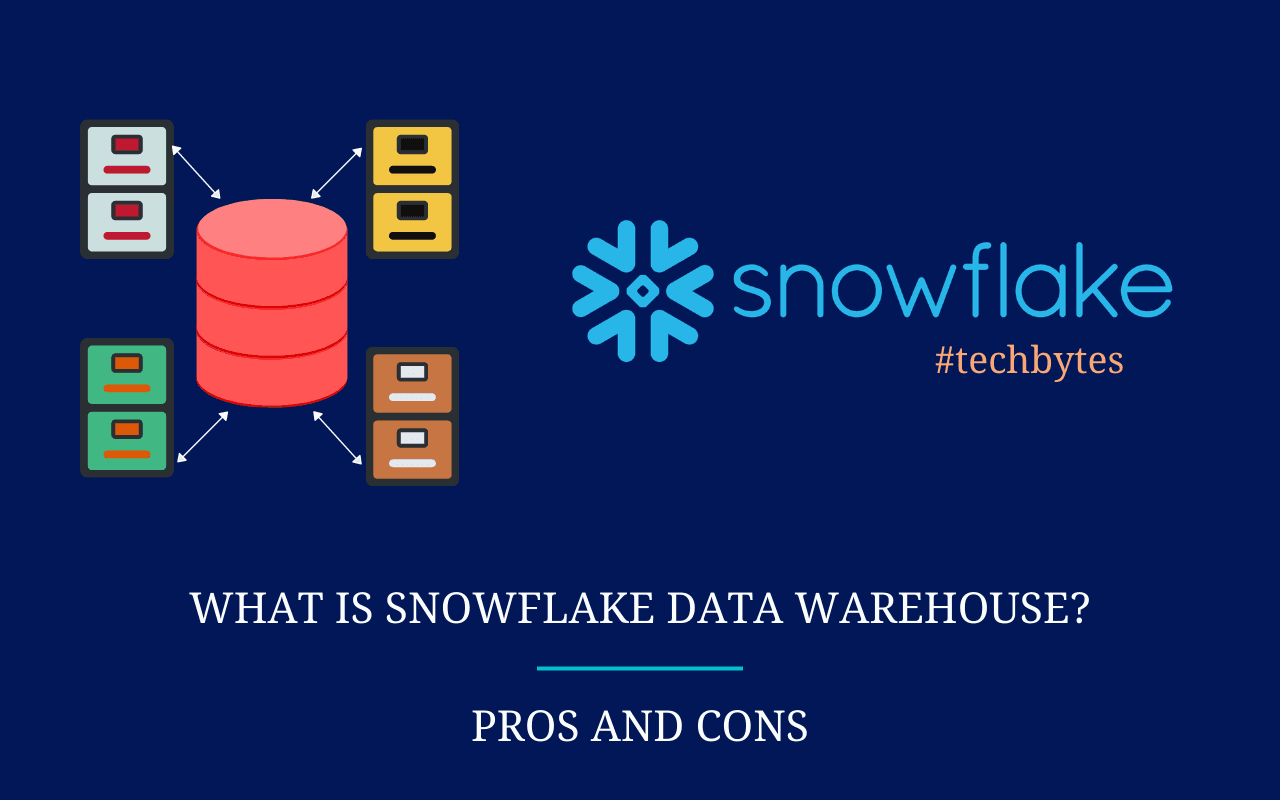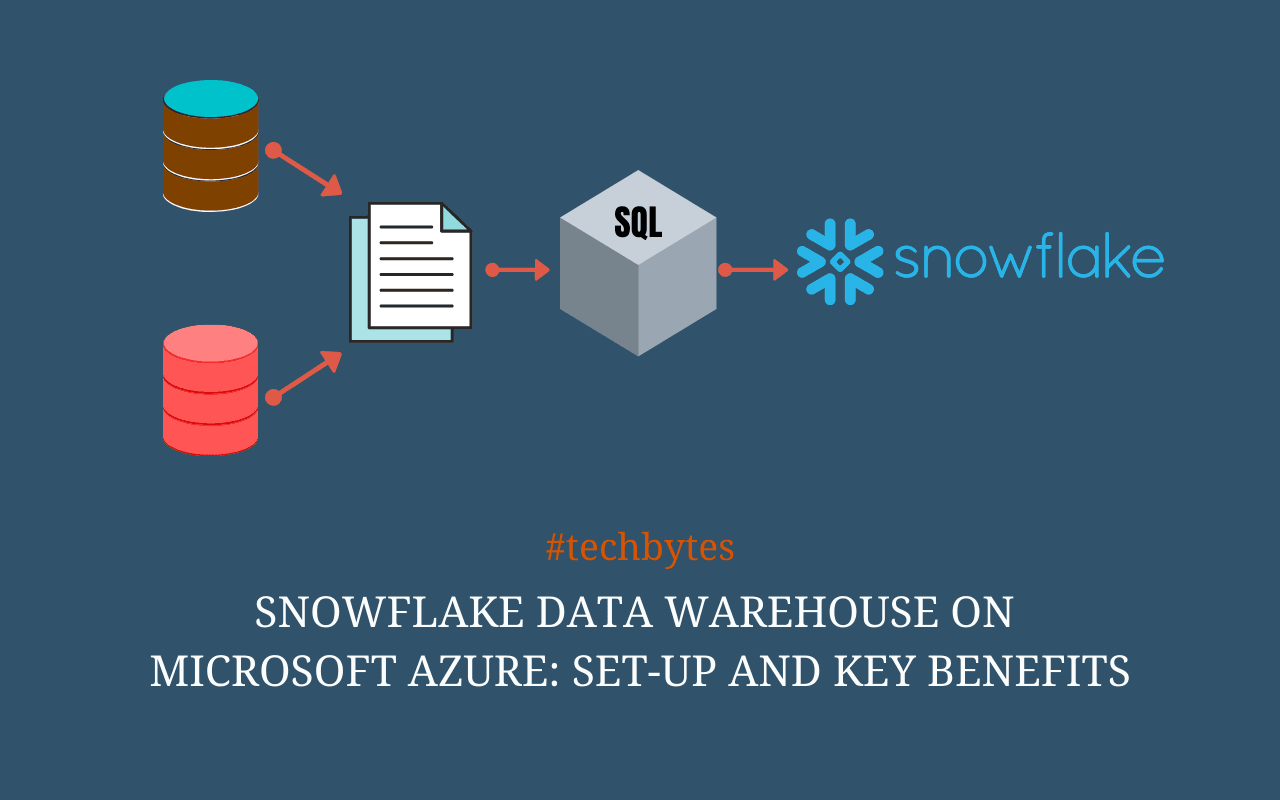
Using Data Warehousing in the Financial Organization – Techbytes
Financial organizations usually need to work with vast amounts of data. For instance, transactions are always happening every second since people have to make and receive payments to conduct business.
Since finances are critical aspects of keeping the economy alive, these organizations are expected to be reliable all the time. As such, the use of an ideal data storage solution for these companies is essential.
Data Warehousing is a process of storing and organizing data for future use. The key goal of Data Warehouse is to provide an environment that allows access to all the information required in one place instead of going through each system separately, which would help avoid any errors and time wastage. Another important function is its ability to store historical information to be used by managers when making decisions.
Data warehousing in the financial organization is used to store vast amounts of data and conveniently, quickly, and efficiently refer to this data. For instance, the transactions that a customer does each day and their historical information much be securely stored to ensure easier reference.
The data also needs to be further analyzed by other applications, which means that the financial organization should have the data structured to use it in statistical applications to derive trends and patterns.
Additionally, machine learning algorithms require that the data is in an accessible format to make it easier to gain insight from financial transactions over time. The data storage solution that is adopted by the organization, as such, is required to be not only cost-effective and scalable but it must also be secure.
Data keeps growing exponentially, and modern data storage solutions might be capable of handling big data and scaling up with ease. The variety of data stored in these data warehouses has also increased.
As such, financial organizations need better data warehouses that can take on these organizations' modern needs and requirements.
Financial organizations also have different data requirements, and the solutions they use to store and reference their data must be capable of handling this. The data sources where the data comes from are also many, and all these sources must be used to create the data warehouse.
A data warehouse is a centralized repository for all this data and accepts data from various systems and databases connected to it.
A data warehouse also uses a schema to organize and adequately categorize information, which means that the data is always available and easily usable whenever needed.
Benefits of Data Warehousing in a Financial Organization
Data is the lifeblood that powers and sustains modern financial organizations and is a valuable factor for growth.
It is beneficial for financial services and ensures that the organizations that render these services can provide accurate analysis and accurate decisions. Here is how data warehousing in the finance sector is of benefit.
-
Reducing Data Complexity
Whenever it comes to finances, data can quickly get complicated. As such, it must be restructured to ensure that it is usable for regular business users. Usually, these users are not familiar with the complex systems being used to analyze the data, and the warehouse should simplify this information for them.
-
Better Decisions
Financial organizations can make better decisions whenever they are working with a data warehouse. With the use of a data warehouse, there will be more accurate data for them to work with, and the decisions made from the data will also be correct.
More precise predictions are also possible when working with a data warehouse which is very important for critical systems such as financial systems.
-
Easier Reference
Tracking the trend of data over time is crucial for financial service providers. Access to history is also needed for audit trails, and a data warehouse ensures that this data is available as far back as required.
With the entire history readily available, the organization can easily guide their progress, make better decisions and study their patterns for weaknesses.
-
Easier Integration of Data
There are many sources where financial data comes from, and with the use of a data warehouse, it becomes a lot easier to merge all this data from different sources. The data warehouse becomes the central storage for the data which is coming in from various places.
A more reliable means of referring to the data compared to using multiple data sources, which is known to increase data complexity, making the use of the information a lot more complicated.
Adding new data sources to work with the data warehouse is also made a lot easier as plugging in is as simple as adding a few lines of code and making the relevant configuration changes to make it possible to use the new data source.
This means that data warehouses are more flexible in terms of how they can be used and more useful for financial organizations who need as many sources of data as they can get for better service provision.
Uses of Data Warehouses for Financial Organizations
With the various benefits of data warehouses that we have looked at in the previous sections, let us now proceed to see how this data is used by the financial organizations who use the data warehouses.
- The core function of the data warehouse is to facilitate the analysis of data. Analytics is a crucial aspect of service provision and improvement for the financial organization.
- With the trend of customer financial transactions, for instance, the company can easily optimize the experience for the individual user and improve the quality of services they provide to them.
- The organizations must also be able to predict future market trends, and this requires having extensive data which can quickly and conveniently be held in the data warehouse. The use of user data analytics also makes it possible to personalize the experience for each customer. This improves the quality of services that are rendered.
- The customers' data sources are also increasing, which means that it is becoming more complicated to integrate data from different sources. For instance, there is point of sale systems, websites, and mobile applications, which all provide data for the financial organization.
- With the use of a
- , they can easily capture customer data conveniently without losing the data's integrity. With the collected data, the organizations get better insight from the customers, which drives them in the right direction. As such, data warehouses are a critical part of the operation of financial organizations and the reason they can move their growth forward more accurately and profitably.


